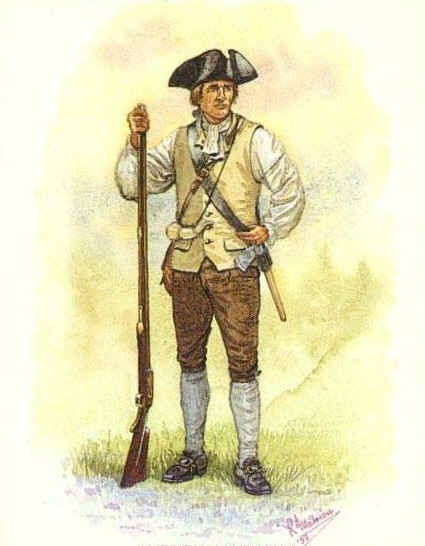brownbess67
32 Cal.
- Joined
- Jun 25, 2013
- Messages
- 28
- Reaction score
- 0
Hello, (sorry my english)
I like to load my brown bess at "drill way", so I ALWAYS use a leather frizzen cover (or hammer stall)inmediatly after of primed the pan, and then load the barrel. I dont want to blow up my hand. Leather covers are historically corrects, but they were used by centinels, not in open fire. Theres must be a limit to reenactment and segurity is first. Or you want to eat rotten meat and dirty water javascript:void(0)like sometimes napoleonics soldiers must do? :barf:
I like to load my brown bess at "drill way", so I ALWAYS use a leather frizzen cover (or hammer stall)inmediatly after of primed the pan, and then load the barrel. I dont want to blow up my hand. Leather covers are historically corrects, but they were used by centinels, not in open fire. Theres must be a limit to reenactment and segurity is first. Or you want to eat rotten meat and dirty water javascript:void(0)like sometimes napoleonics soldiers must do? :barf:






